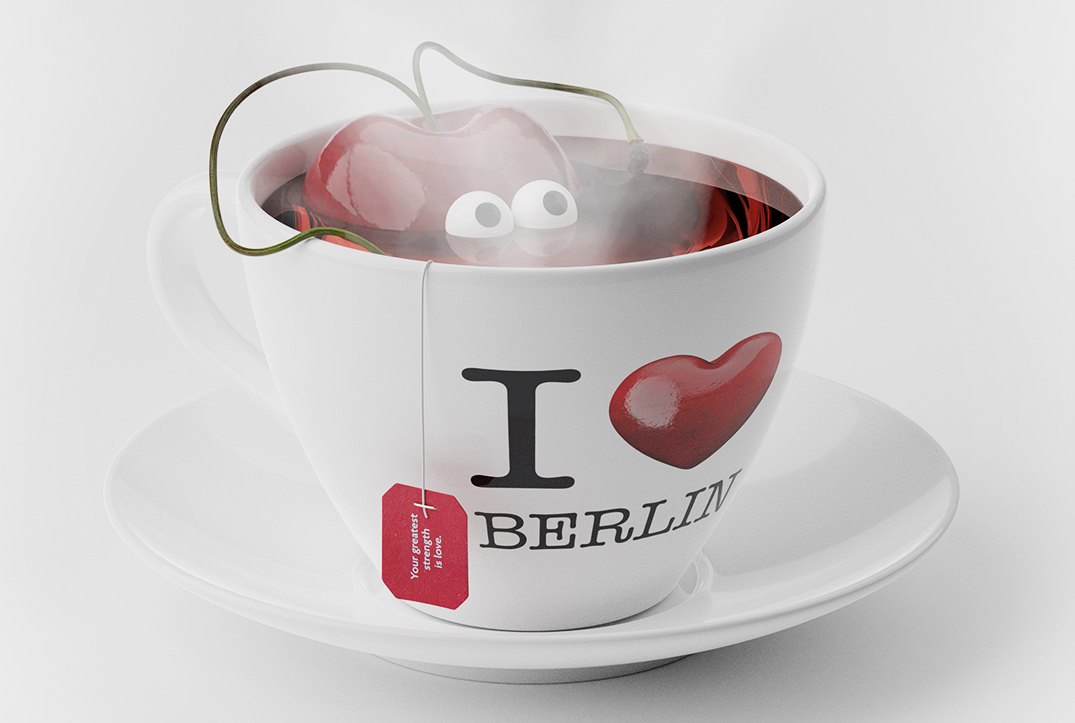From Excessive Wealth to Mindful Mess: Julia Fox’s Refreshing Take on Wellness
It all began when Julia Fox, an internet icon and social media starlet, presented a “somewhat underwhelming apartment tour” on TikTok. Expressing her distaste for ostentatious displays of wealth and large houses, she remarked, “Excessive displays of wealth make me feel uncomfortable, especially when there are so many homeless people in this country. It’s wasteful, and I personally don’t align with that.”
So, what is Julia Fox like? Picture Carrie Bradshaw with a toddler. Fox has brought her bed into the living room, transforming her bedroom into a play area for her two-year-old son, Valentino, and a storage space for her wardrobe. Explaining the presence of shoeboxes in her kitchen, she notes that it’s a common occurrence for New Yorkers. She pans the camera to showcase a substantial collection of shoes, stacked atop a box of rainbow chalk, crowned with a Gucci bucket hat. Adjacent to this display rests a cotton candy machine.
While some may perceive this as the epitome of celebrity disillusionment, we view it as a refreshing shift towards a positive and authentic energy. Julia Fox may just be the trailblazer in giving wellness a makeover, and we introduce to you: Mindful Mess.
Also referred to as #cluttercore or #corecore, mindful mess celebrates the pursuit of authenticity and community, while redefining wellness and self-care. The mood has transitioned. Flex culture is being replaced by social realism, the concept of the girl boss has lost its allure, and chaos now reigns on our aesthetically pleasing social media feeds. Let’s face it, compared to Julia Fox’s chaotic apartment tour, Marie Kondo’s tidying-up methods seem outdated. Additionally, terms like toxic positivity have emerged to describe the attitudes of those who advocate for the “happy girl syndrome.” As we strive to live fully and share the entirety of the human experience, things naturally become messy. And that’s okay. In fact, it’s healthy, particularly when it promotes self-acceptance.
Fashion has also embraced this movement. As social media chaos continues to proliferate, luxury brands have made it their own. They’ve adopted what can be termed “accidental chaos.” For instance, Coach incorporates everyday messy moments into its storytelling, while Burberry uses X-rays to reveal the chaotic contents of their bags. Gucci, on the other hand, employs an array of products as a backdrop for the Harry Styles collaboration.
Mindful mess challenges the clean girl aesthetic, the fortunate girl syndrome, and highly curated (social media) personalities. It is a movement that prioritizes the messy journey over the pursuit of a picture-perfect destination. It does not romanticize mental illness but rather signifies an awakening to a system that adversely affects us. We’ve grown weary of online performances, yearning for genuine connections and a newfound willingness to actively engage for the sake of change.




























